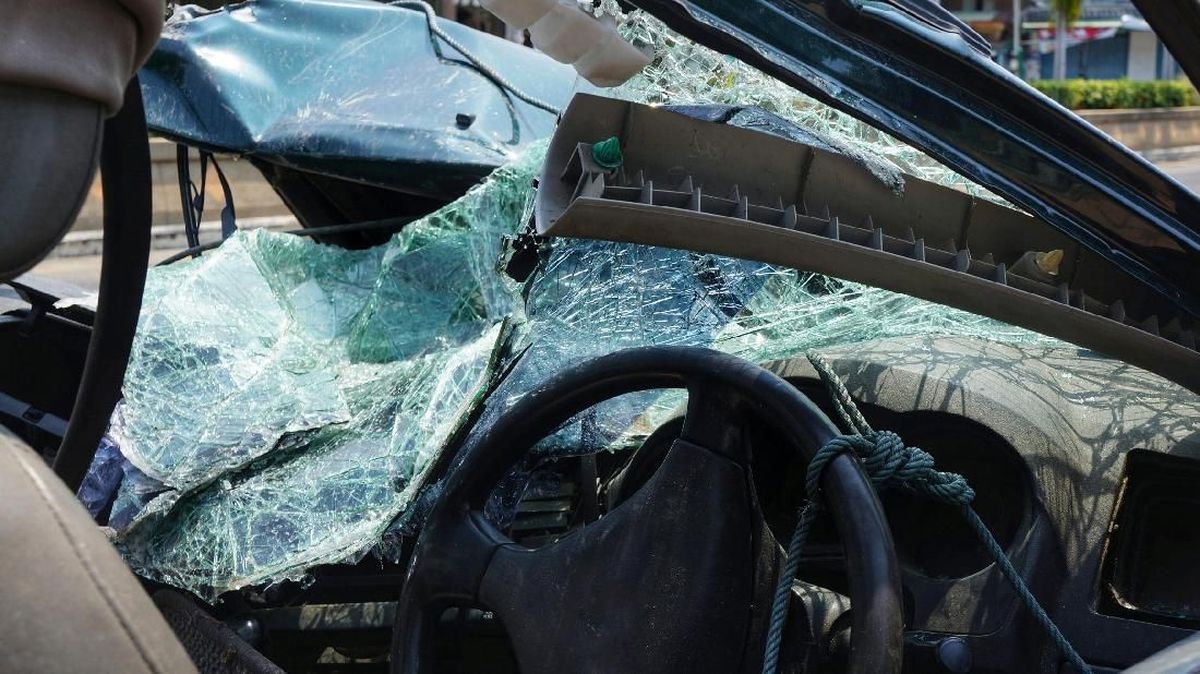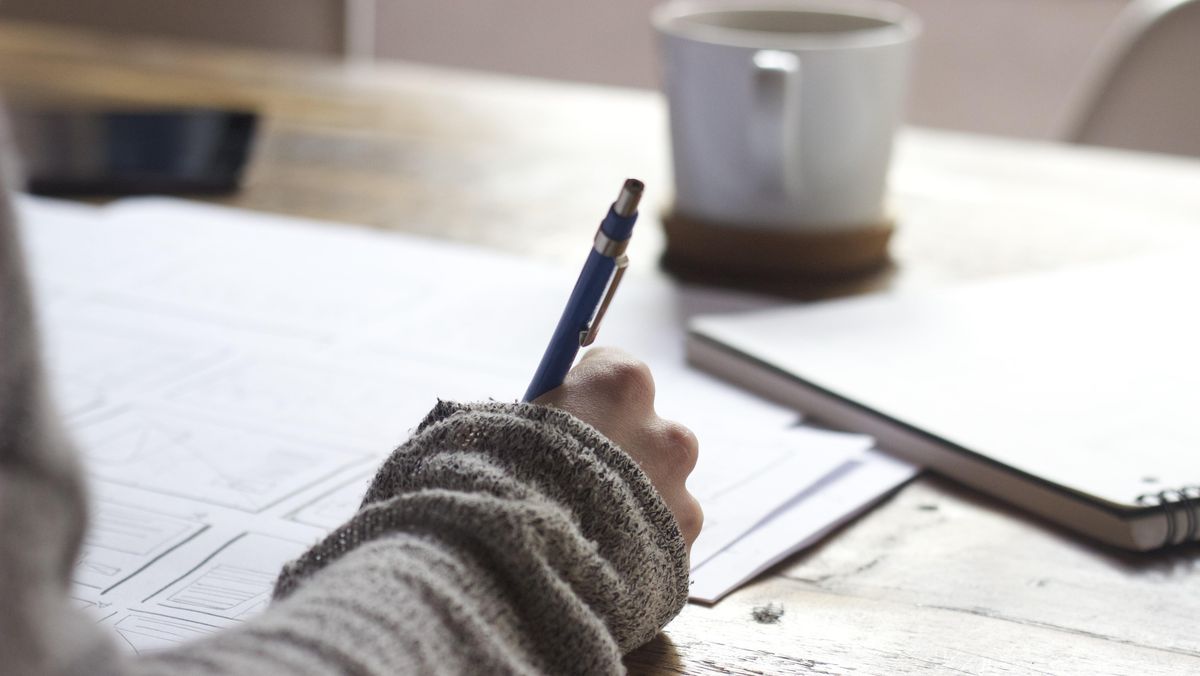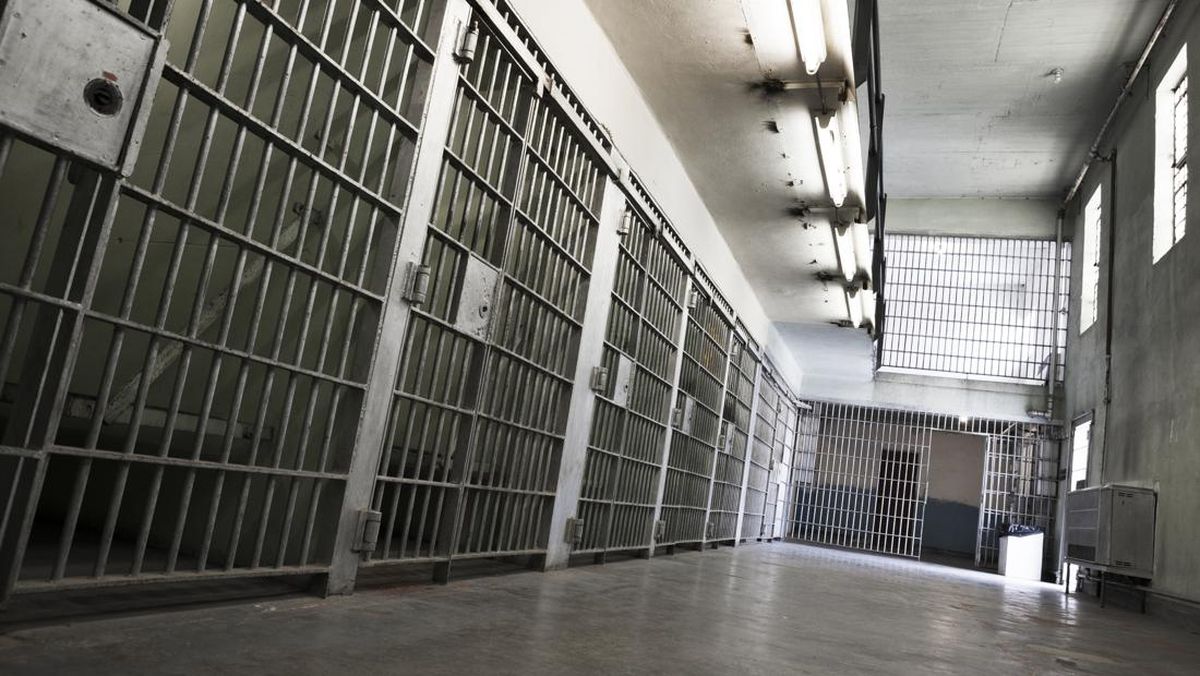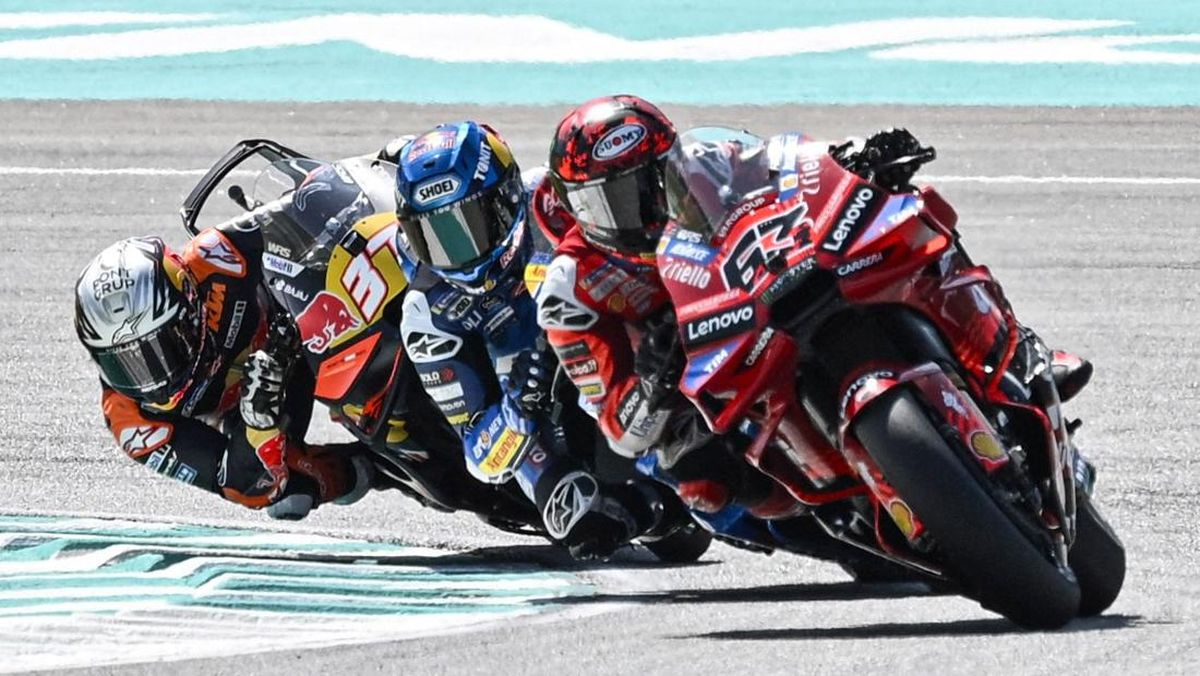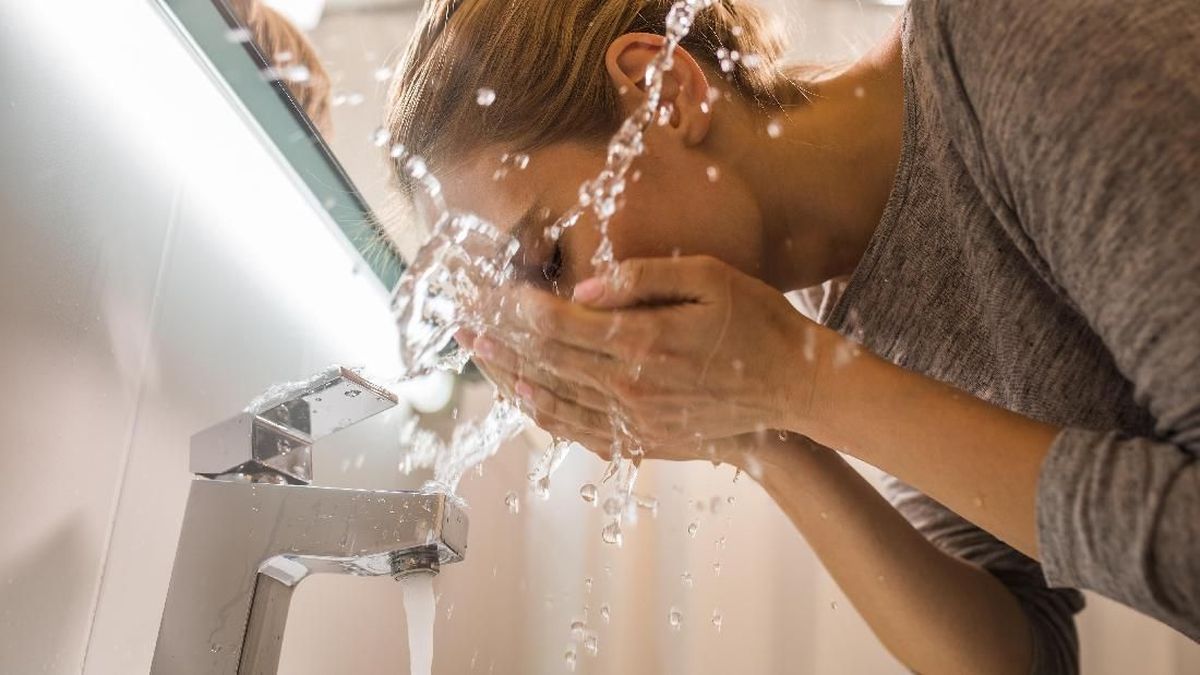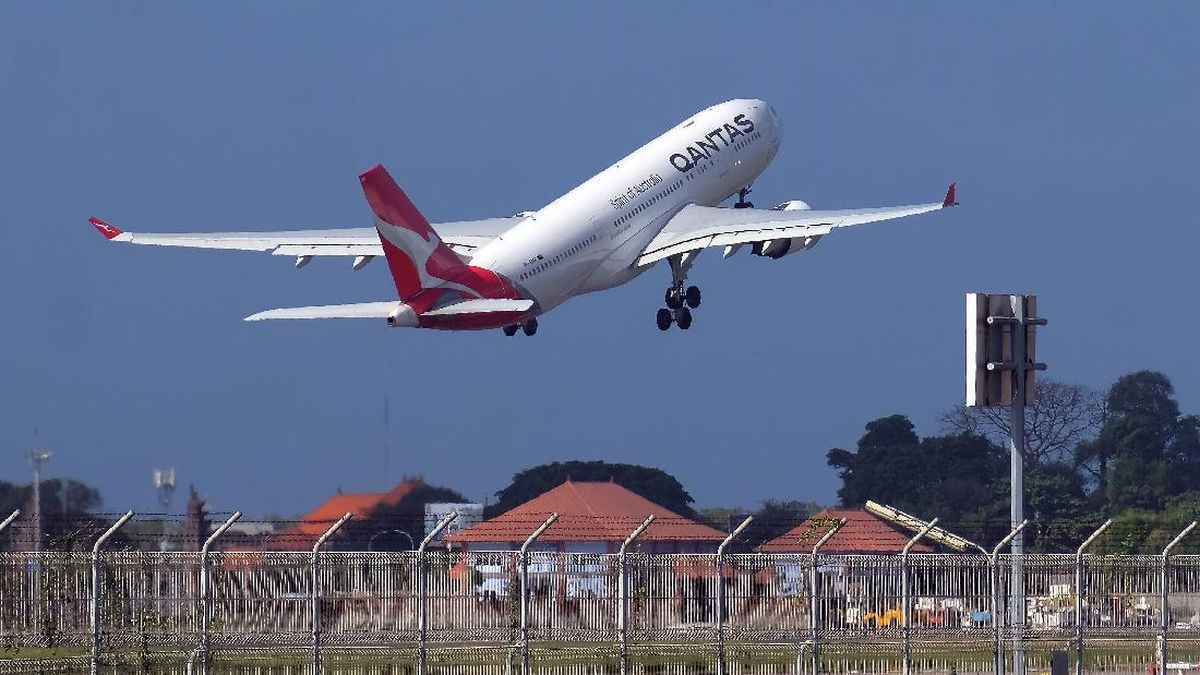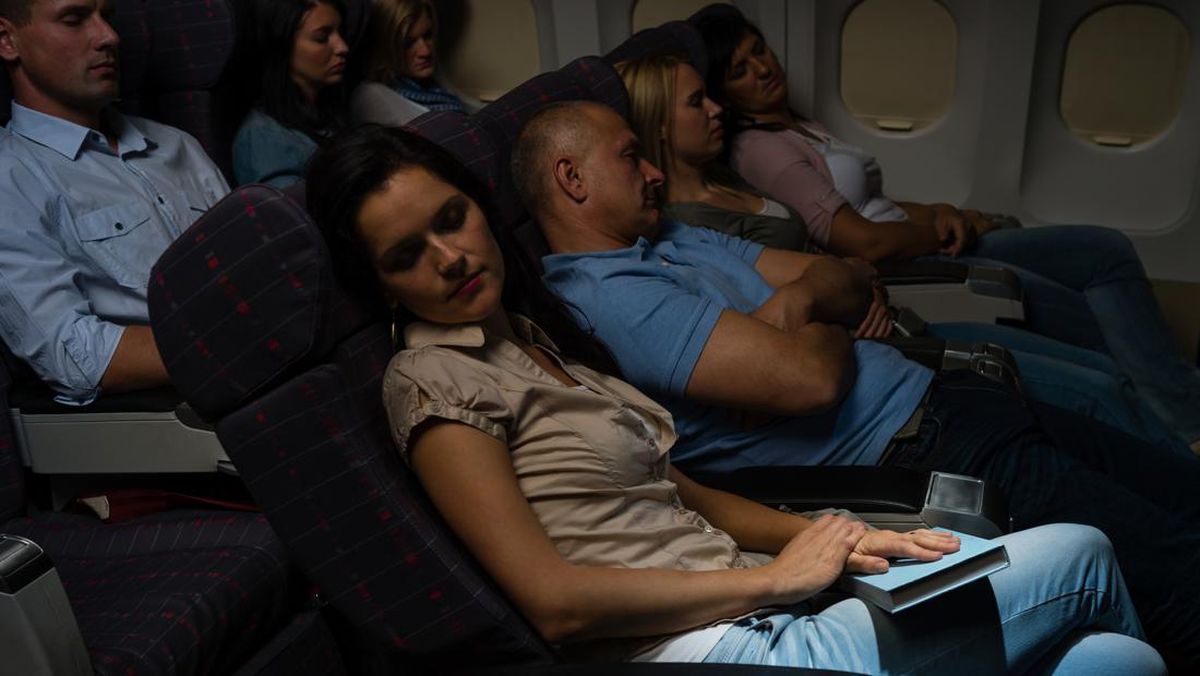Blending retro chic with some modern tech touches, Polaroid’s latest instant camera is an undeniably charming and tactile way to capture moments directly onto shiny squares of white paper. But some key limitations (and extra costs versus taking photos with your phone) mean it won’t be for everyone.
Physically the $400 Polaroid Flip evokes the classics, with a simple viewfinder and a sloped plastic body, and a sturdy flap at the front for protection. When you lift it up to reveal the shutter you’ll feel just like you’re using some ancient and arcane pre-digital device, which is sure to give you style points. But it doesn’t work exactly like a camera from the ’60s.
The Flip has a clever hyperfocal system for autofocus, with four fixed lenses on a rotating internal wheel. A sonar projector on the front measures the distance to your subject and selects the appropriate lens when you half-press the big red shutter button. Fully press it and the photo is taken, shooting out the front under a black plastic shroud. In around 10 minutes the white paper will have become a photo, but until then, you’ll never quite be sure if you nailed it or not.
Multiple lenses mean there are multiple sweet spot distances; 65cm, 85cm, 120cm and 250cm. A powerful flash is also designed to adjust depending on distance. There are no manual controls for focus or white balance on the camera, though you can hit a mode button multiple times for a timer, double exposure, or to choose from three levels of light exposure, via a simple LED display. I did wish I had more direct control, though an element of surprise in the results isn’t necessarily a bad thing.

Results can vary greatly depending on lighting conditions, but the sonar, lenses and flash generally produce good images at the press of a button.Credit: Tim Biggs
When my photos worked out they were often better than I expected, and evoked pics I took with a film camera in the 90s. Faces are soft and creamy, elements outside the focal point have a dream-like bokeh, there’s enough detail to see rain out a window or logos on clothing, and there’s a cozy overall vibe despite a generally cool colour temperature.
On the other hand, indoor environments behind the subject are always dark and gloomy, it’s rare to get strong colour and contrast unless you’re outside on a sunny day, and it’s hard to know when to mess with the exposure setting. A lot of indoor shots tended towards green or blue tinges. Some shots I took in perfect focus and good lighting also have overexposed faces, or the dreaded red eyes, thanks to the overpowering flash.
When the photos didn’t work out, it was usually because the sonar shot past my subject and I ended up focusing on something in the background, or because a bright element of the shot cast the rest into shadow. I did once also misjudge the 40cm minimum focus distance, and I had to get used to adjusting left to make up for the viewfinder position.
It sucks to wait 10 minutes only to find out the photo didn’t turn out, but these mistakes are expensive too. The camera works with Polaroid i-Type film, which you can get in eight-packs for $30 each. That works out to $3.75 per shot; just enough to be properly peeved if you happen to botch more than one from a pack.

The camera has a very limited set of on-device controls.
The camera has protections built in to help stop you wasting film, including a red warning light that shines in your eye if the camera thinks you’re too close, or the lighting’s wrong. But this light never appeared for me unless I was specifically trying to make it happen, even when it turned out I was too close to focus or should have turned off the flash.
These are limitations you’ll learn to predict over time, so if you’re committed to the Flip you’ll surely end up wasting few exposures. The camera is solid and somewhat heavy (but comes with a sturdy strap), and I got weeks of battery life out of a charge, so I can see some photographers getting a lot of use out of it. If you want to get really hardcore you can mount it on a tripod and connect it via Bluetooth to a smartphone, which unlocks the manual controls I wish were directly available.
I’ll admit that the idea of an instant camera as an alternative to smartphone photography is very appealing to me, partly because of nostalgia and partly because the analogue tangibility of whirring gears and physical paper is so comforting. People love to be handed a physical photo you’ve just taken, and having all my collected memories on a device that’s also constantly trying to distract me with notifications (not to mention having them stored by a corporation that wants to mine them for lucrative insights) is a problem.
But while Polaroid has seized on this specific anxiety for its marketing (“beautifully imperfect”, “disconnect from digital”, “tangible experiences”) I’m not sure the Flip could ever become a primary option for me.
Loading
Nailing a photo with an instant camera is gratifying, but in terms of speed and accuracy a decent phone is a quantum leap ahead. Digital photos are also obviously a lot more versatile if you want to do anything other than look at them. Polaroid has an app that lets you take photos of your physical photos to digitise them, but the results aren’t terribly impressive; you’d be better off applying a filter to a digital photo. And while the glossy 8cm x 10cm photos are certainly tangible, they’re hardly indestructible.
If I was going to get a standalone photography device it would likely be a film camera or a compact digital, either of which you could easily get for the price of a Polaroid Flip and 100 shots. However, if you’re invested in the idea of instant physical photos, even just for the occasional party or outing, the Flip has a lot of appeal.
Get news and reviews on technology, gadgets and gaming in our Technology newsletter every Friday. Sign up here.
Most Viewed in Technology
Loading



